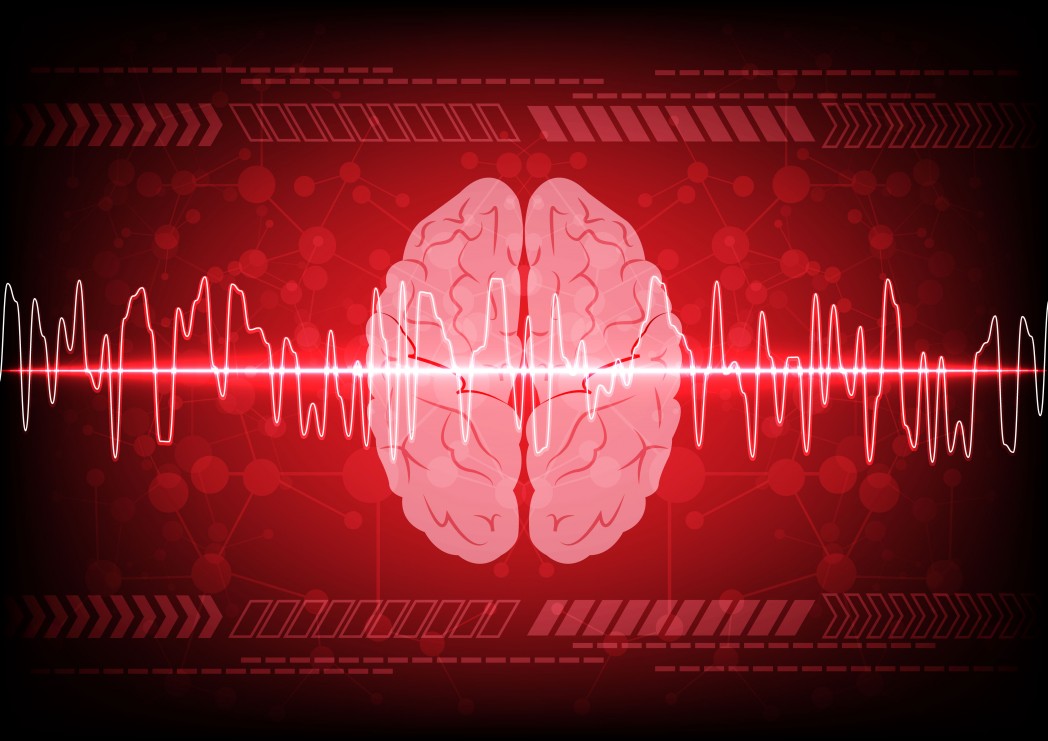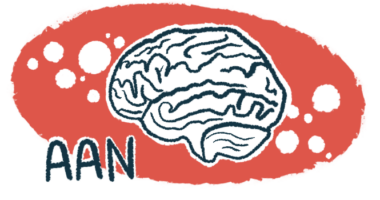Neuroscientist Receives $25,000 Grant to Develop Way of Helping Advanced ALS Patients to Speak Again

The American Speech-Language-Hearing Foundation has awarded a $25,000 New Century Scholars Research Grant to neuroscientist Jonathan Brumberg to develop a brain-computer interface (BCI) that directly controls existing augmentative and alternative communication (AAC) devices. The platform is expected to aid people with profound speech and motor impairments due to neurodegenerative disorders such as advanced amyotrophic lateral sclerosis (ALS).
AAC devices, which include speech-generating devices, are widely used by people with verbal limitations due to illness, and reliant on alternatives like eye movement to be translated into speech. But some of these patients are also unable to voluntarily move their eyes, including people with advanced ALS, brain trauma, or brainstem stroke. Dr. Brumberg, an assistant professor in the speech-language-hearing department, and department of electrical engineering and computer science at the University of Kansas, is developing a BCI device that, through electrodes placed on the patient’s scalp, records the brain’s electrical activity and uses it to directly interact with the communication devices.
“If we’re able to elicit set patterns of activity, as long as the patterns are reliable, we can translate them into computer control signals — something that could select letters or symbols on a screen or even move a mouse cursor and click,” Dr. Brumberg said in a news release. “If individuals with ALS are already using an AAC device, we can teach them how to use a BCI that controls their existing device while they still have enough cognitive ability and attention, so that they don’t have to learn something completely new if and when they lose that remaining motor activity.”
The neuroscientist particularly stressed the importance of using existing AAC devices, supported by the BCI, to facilitate patient learning and understanding of the new communication system.
Four patients with neuromotor impairment will participate in a study supporting the scientist’s goal of translating advances in BCI technology to clinical practice, and aiming for the inclusion of BCI in the manufacturing of AAC devices. The study is designed as an eight-week test, where the effectiveness, performance, and possible neurological changes from learning how to operate the BCI-AAC system will be quantified and assessed.







